Ingredients for Cinnamon Roll Bread
To create this delicious homemade cinnamon roll bread, it’s essential to use the right combination of ingredients that not only enhance the flavor but also contribute to the perfect texture. Below is a detailed breakdown of everything you need:
For the Bread:
- 2 ¼ cups all-purpose flour: This provides the structure for the bread and helps achieve the right texture.
- 2 teaspoons baking powder: The baking powder acts as a leavening agent, giving the bread a light and fluffy rise.
- ½ cup granulated sugar: This adds sweetness while also helping with browning during baking.
- 1 tablespoon ground cinnamon: The star of the show, cinnamon delivers the warm, spiced flavor that makes this bread irresistible.
- 2 large eggs: Eggs add richness and help bind the ingredients together.
- ½ cup brown sugar: Adds depth and a slight molasses flavor that complements the cinnamon.
- ½ cup whole milk: Milk provides moisture and ensures a tender crumb.
- ½ cup vegetable oil: Using oil keeps the bread moist and soft, even after it’s been stored.
- ½ cup sour cream: This adds creaminess and a slight tang, enhancing the overall flavor and moisture.
For the Cinnamon Filling:
- ½ cup brown sugar: The sweetness pairs perfectly with the cinnamon for that classic swirl.
- 1 tablespoon ground cinnamon: Enhances the warm, spicy notes in the filling.
- 3 tablespoons unsalted butter, melted: Butter creates a rich, gooey filling that melts into the bread.
Finishing Touches with the Glaze:
- 1 cup powdered sugar: Creates a smooth, sweet glaze that’s essential for finishing the loaf.
- 3 tablespoons heavy cream: Adds creaminess and balances the sweetness.
- ½ teaspoon vanilla extract: A touch of vanilla rounds out the flavors and adds depth.
Each ingredient plays a critical role in achieving that perfect balance of flavor, moisture, and texture in your cinnamon roll bread. If you’re looking to elevate your baking skills, understanding these ingredient functions is key. For more details on ingredient roles and how to customize them, check out King Arthur Baking.
Step-by-Step Instructions for Cinnamon Roll Bread
1. Preparing the Dough
To begin, preheat your oven to 350°F and prepare a 9×5-inch loaf pan by greasing it generously. In a large mixing bowl, whisk together the flour and baking powder to ensure even distribution. Separately, mix the granulated sugar and cinnamon to be used for the layers later.
In a different bowl, beat the eggs and brown sugar until smooth and fully combined. Add the milk, oil, sour cream, and vanilla extract to this mixture. Stir until you have a uniform, smooth batter. Then, gradually fold in the dry ingredients, mixing just until combined. Avoid overmixing as this can result in a dense loaf. For more tips on managing your dough for the best results, explore King Arthur Baking’s guide on dough handling.
2. Layering and Swirling the Cinnamon Filling
Once your batter is ready, it’s time to create the signature cinnamon swirl. Pour half of the batter into the prepared loaf pan, making sure it spreads evenly. Then, dollop half of the cinnamon filling over the batter. Use a knife or skewer to swirl the filling through the batter gently. This technique ensures that each slice of bread has that perfect cinnamon roll taste. Repeat the process with the remaining batter and filling. This step is crucial for achieving the rich marbled look that is characteristic of cinnamon roll bread. For more creative swirl ideas, you can check out The Kitchn’s filling suggestions.
3. Baking the Bread
Place the loaf in the oven and bake for 45-50 minutes. It’s essential to monitor the bread starting at the 40-minute mark, as oven temperatures can vary. Insert a toothpick into the center—if it comes out clean, your bread is done. Allow the loaf to cool in the pan for about 10 minutes before transferring it to a wire rack. Cooling it on a rack ensures it doesn’t become soggy as it rests.
4. Adding the Glaze
As the bread cools, prepare the glaze by mixing powdered sugar, heavy cream, and vanilla extract. The consistency should be pourable but thick enough to stick to the loaf. Drizzle the glaze generously over the cooled bread. This final touch not only enhances the sweetness but also adds that classic cinnamon roll look.
By following these steps closely, you can create a beautifully swirled, flavorful loaf that balances sweetness and spice.



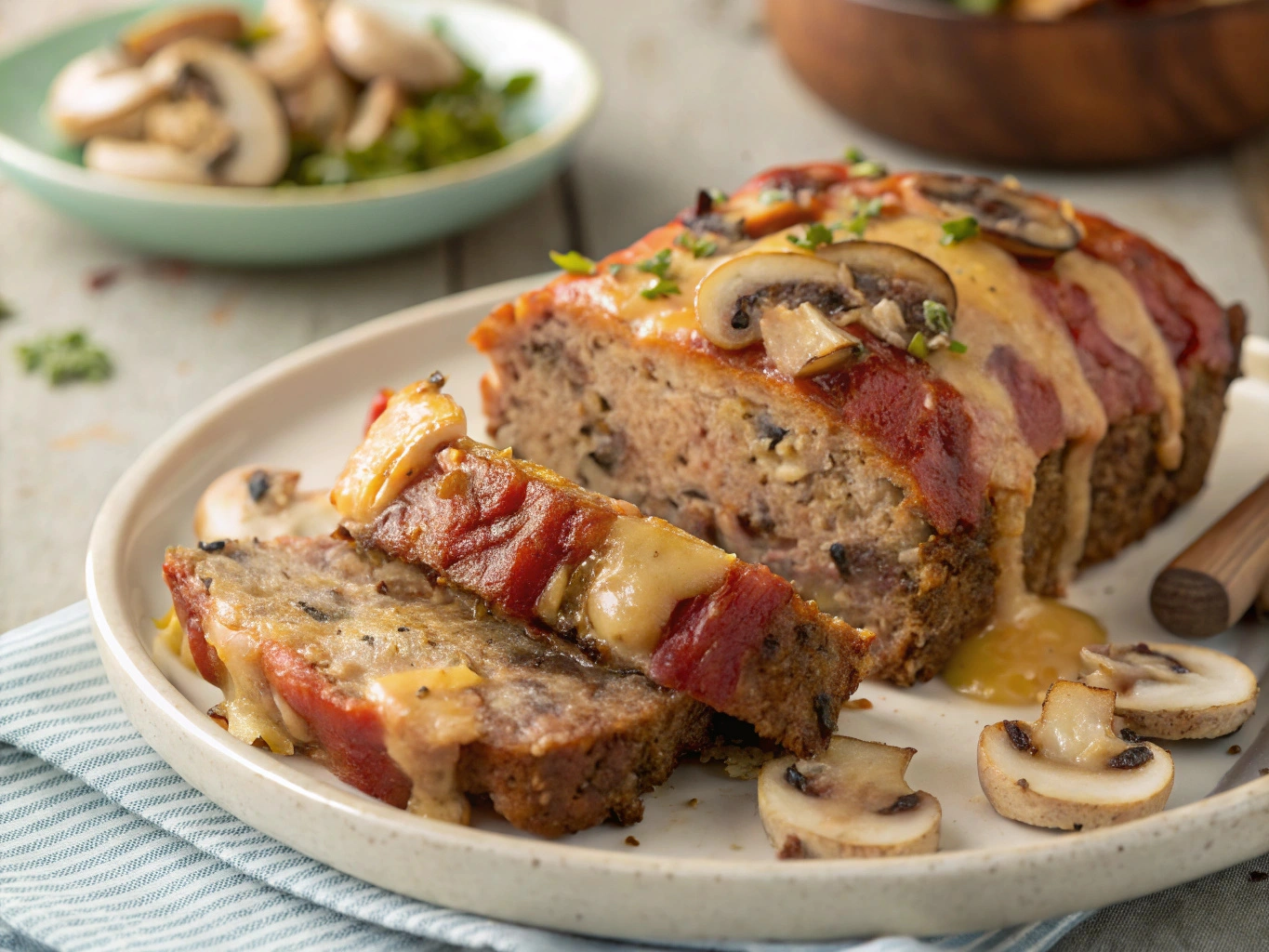
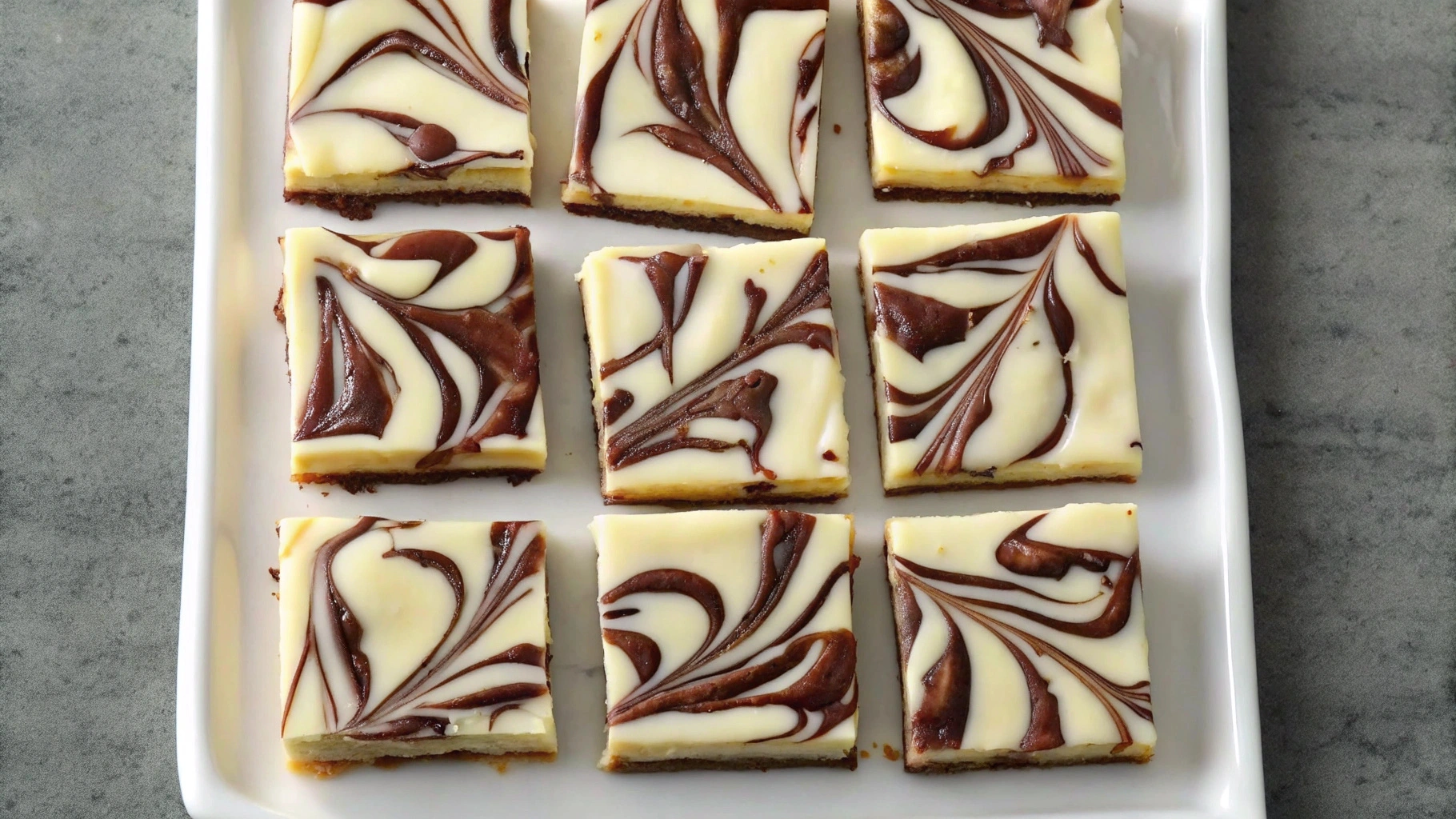
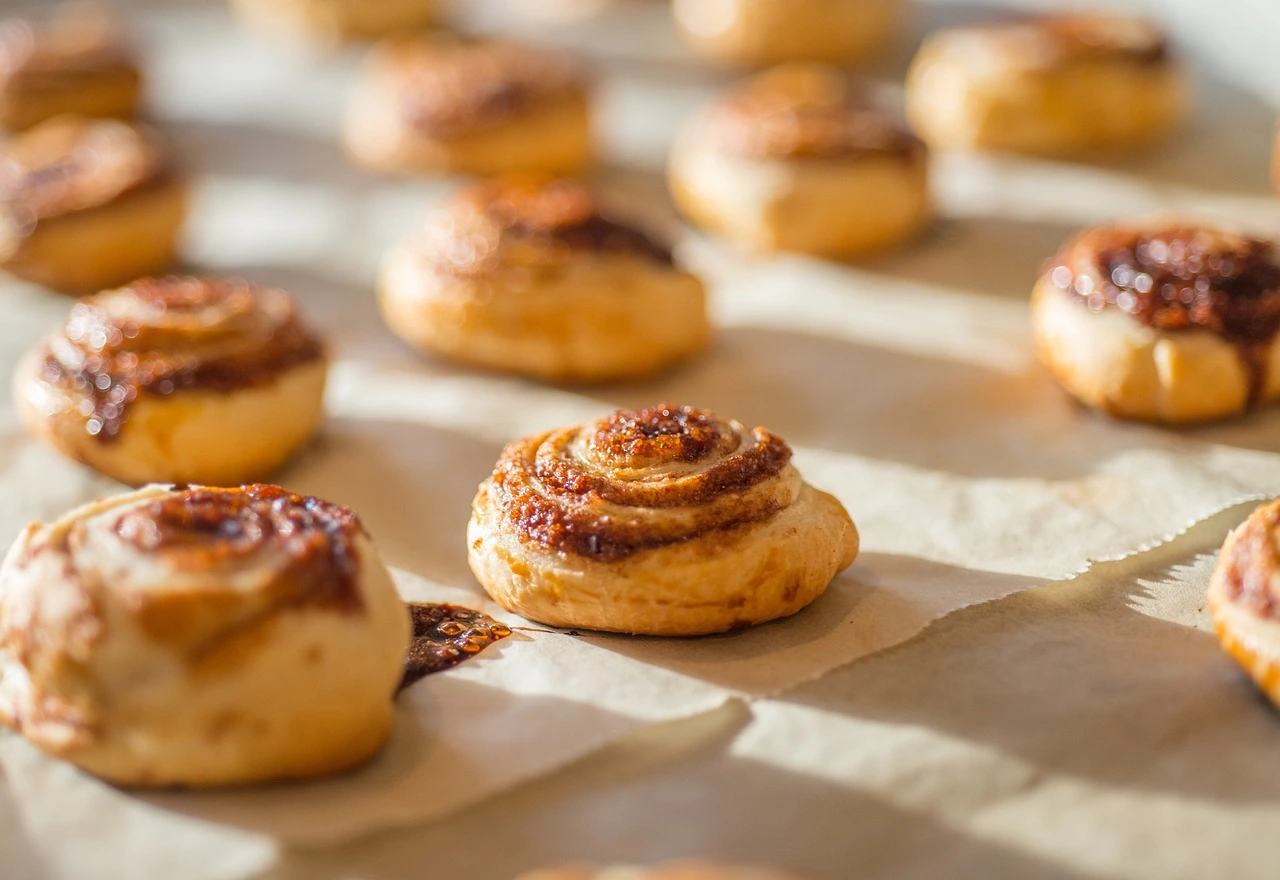
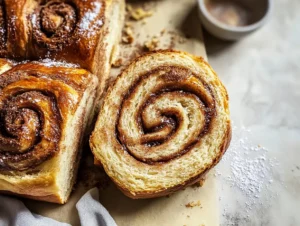

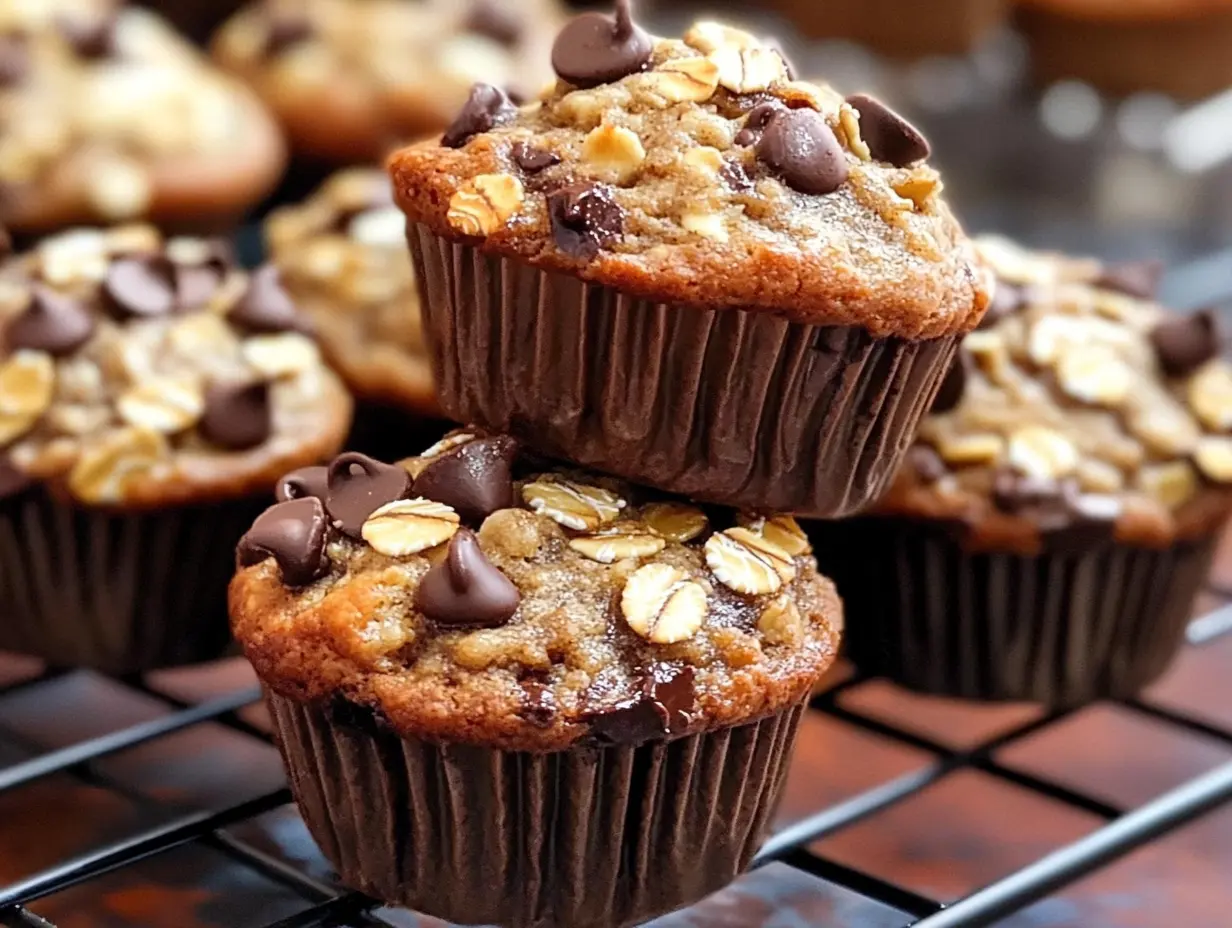
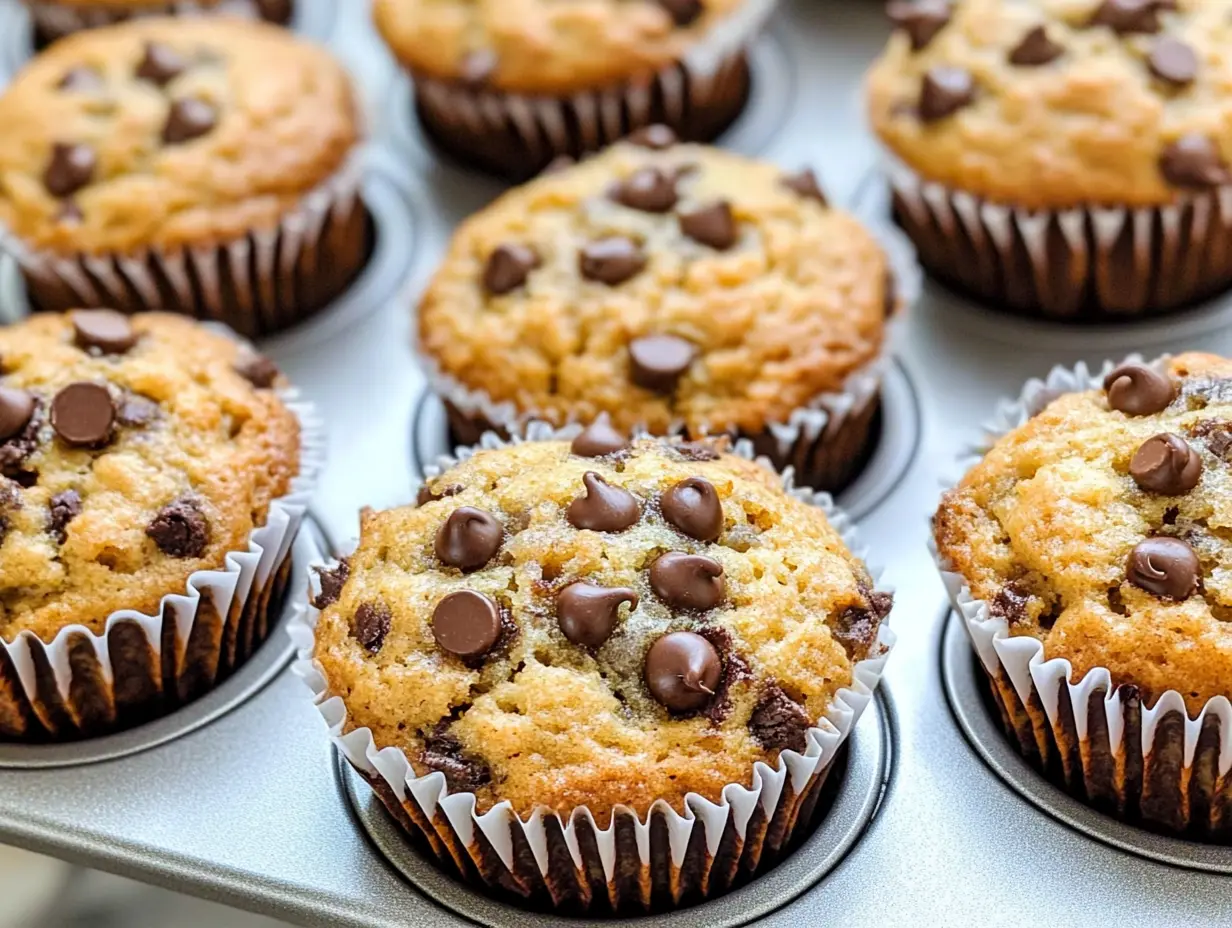
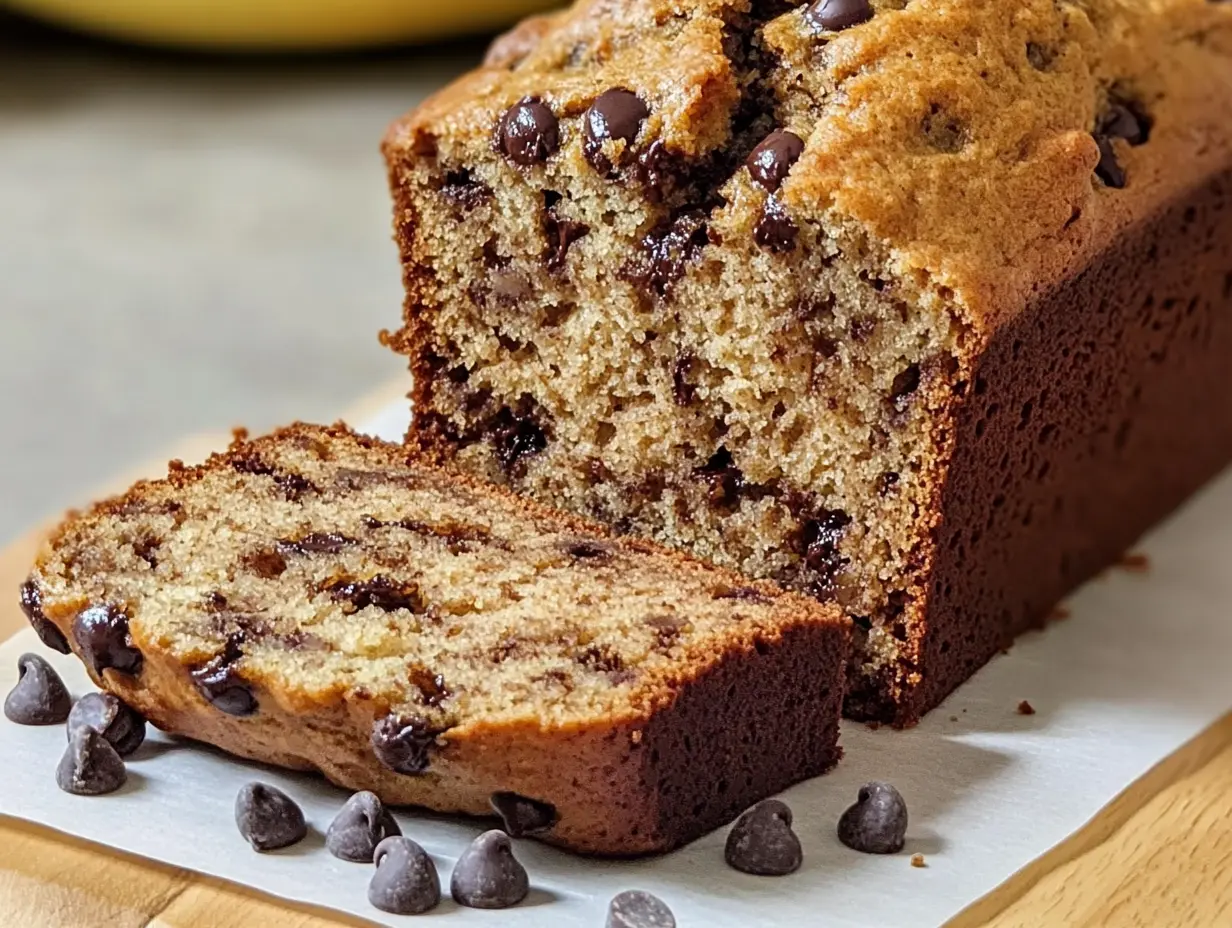
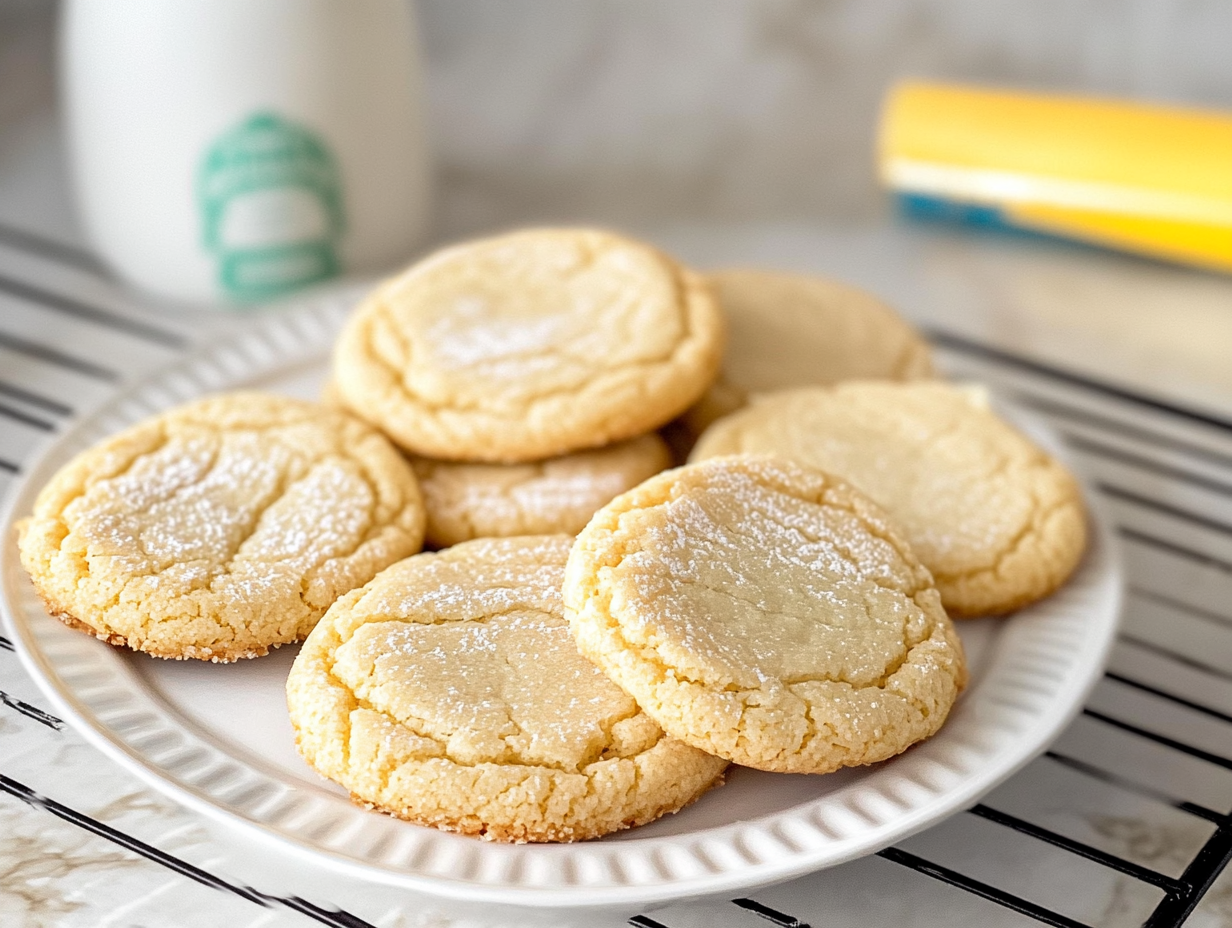
Leave a Reply